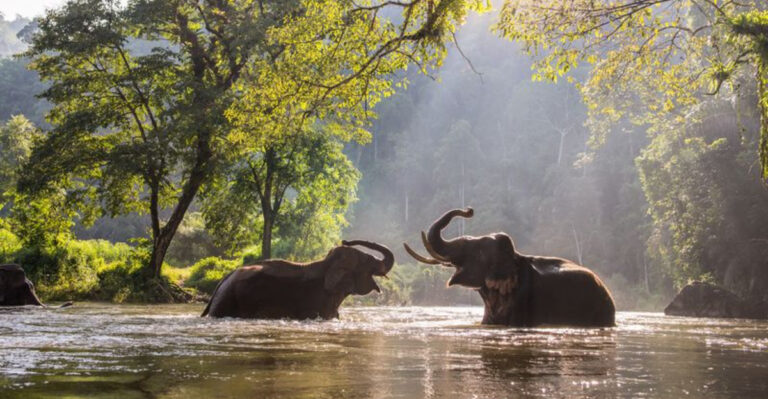The Unique Social Structures Of Big Cat Species Around The World

Big cats rule their territories with powerful paws and fascinating social behaviors. From solitary hunters to family-oriented prides, these magnificent predators have evolved diverse ways of interacting with their own kind.
Let’s explore how these majestic felines organize their social lives across different habitats and what makes each species’ approach to community unique.
1. Lion Pride Dynamics
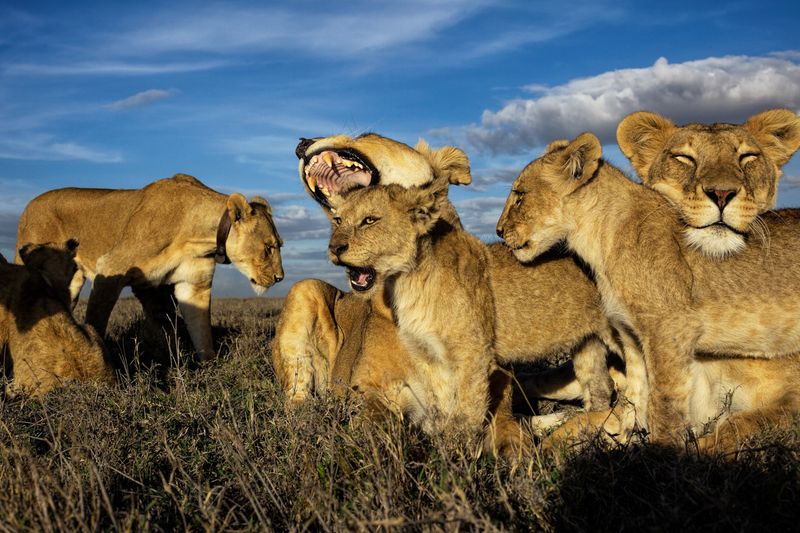
Nothing says teamwork like a lion pride, where females form the backbone of the family unit. Sisters, daughters, and cousins hunt together while related males protect the territory.
Cubs are raised communally, with lionesses even nursing each other’s young. This cooperative child-rearing gives lion cubs a better chance at survival in the harsh savanna environment.
2. Solitary Tigers’ Secret Social Network
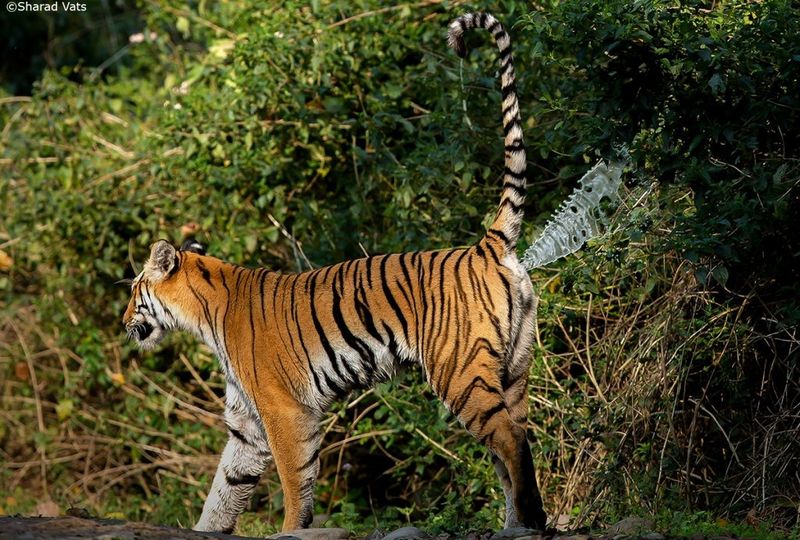
Contrary to popular belief, tigers aren’t completely antisocial. These striped giants maintain invisible neighborhoods through scent marking and occasional tolerant overlaps in territory.
Mother tigers raise cubs alone for about two years, teaching them hunting skills before they venture off. Adult tigers communicate through scratch marks, urine sprays, and vocalizations without needing face-to-face meetings.
3. Cheetah Brotherhood Alliances
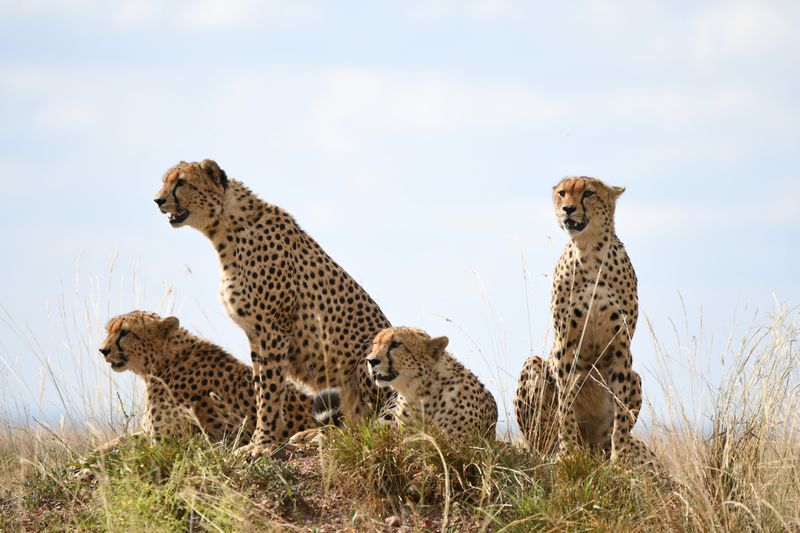
Male cheetahs form remarkable coalitions, usually between brothers who stick together for life. These speed demons hunt, patrol, and defend territory as a unit, increasing their chances of survival.
Female cheetahs, meanwhile, prefer the solo life except when raising cubs. This unique split approach—brotherly teamwork for males and independence for females—helps cheetahs adapt to their challenging grassland homes.
4. Jaguar’s Solitary Waterway Kingdom

Along riverbanks and flooded forests, jaguars create invisible territories using waterways as boundaries. Each spotted sovereign rules alone, with minimal social contact except during mating season.
Mothers raise cubs independently for up to two years. Their territories often follow rivers, with males claiming larger areas that overlap with several females, creating a complex social map that’s rarely visible to human observers.
5. Leopard’s Tree-Based Social Distancing
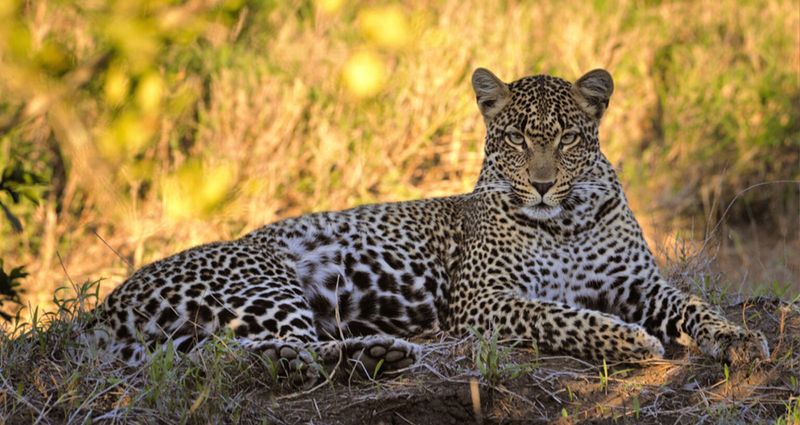
Masters of vertical space, leopards use trees not just for hunting but for maintaining social boundaries. These spotted cats hoist kills into branches to avoid confrontations with other predators and competitors.
Cubs learn to climb almost immediately, with tree skills becoming their social safety net. Adult leopards communicate through scrapes and scent marks, maintaining a respectful distance while still keeping tabs on neighboring leopards.
6. Snow Leopard’s Mountainous Time-Share
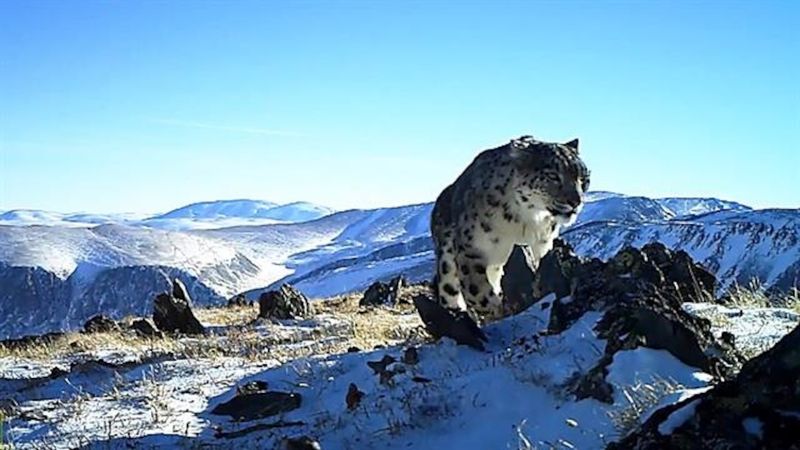
High in the Himalayas, snow leopards have developed a fascinating time-share system. These ghost cats may use the same trails and marking spots but carefully avoid meeting face-to-face.
Using scent markers and scrapes, they create a social calendar where individuals use the same space at different times. Mother snow leopards raise cubs alone in remote dens, teaching them to navigate both the physical and social landscapes of their rugged mountain homes.
7. Cougar’s Age-Graded Hierarchy
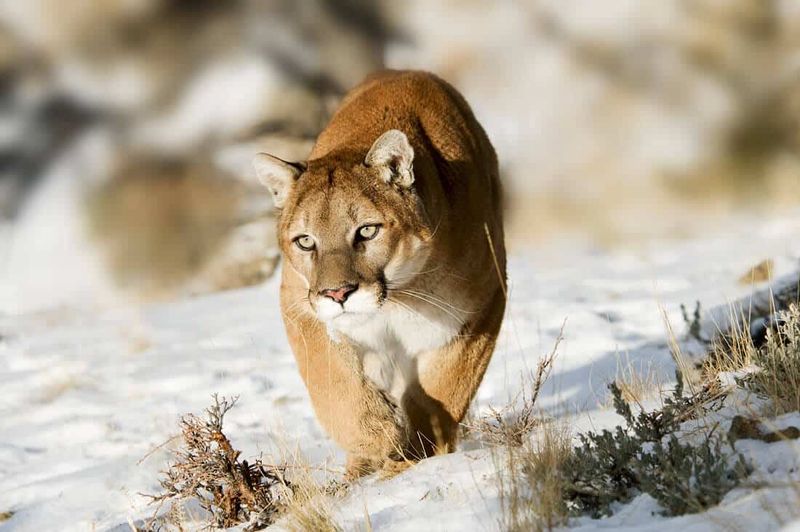
Across the Americas, cougars follow an unwritten rule: older males get the prime territories. Young males must wander as nomads until they can claim their own space, sometimes traveling hundreds of miles.
Female cougars establish smaller, overlapping territories near their birthplace. This age-based system creates a natural balance, with experienced cougars holding the best hunting grounds while younger ones disperse genes across vast landscapes.
8. Clouded Leopard’s Canopy Communities

Floating through Asian rainforest canopies, clouded leopards create three-dimensional territories unlike any other big cat. With ankle joints that rotate 180 degrees, they navigate treetop highways where social boundaries blur.
These medium-sized cats maintain loose associations through scent marking on aerial pathways. Their remarkable climbing abilities allow them to avoid competition by utilizing vertical space, creating a social structure that’s as flexible as their incredible ankles.
9. Fishing Cat’s Wetland Neighborhoods
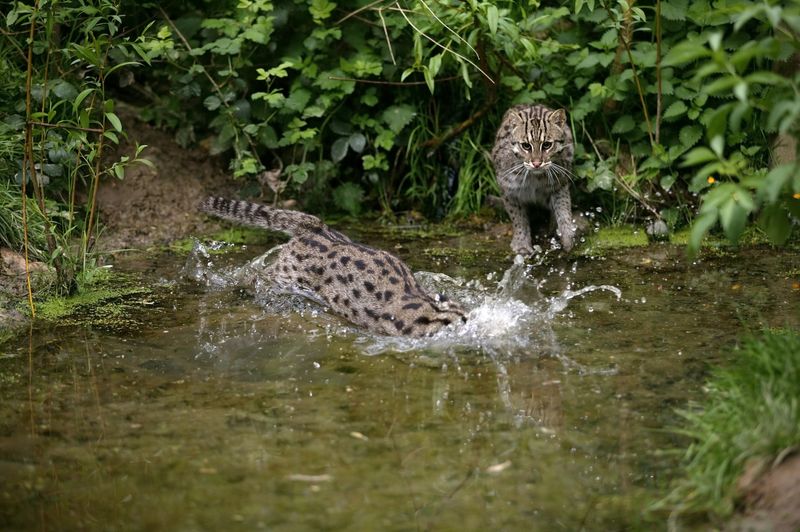
Along Asian riverbanks and marshes, fishing cats have developed fluid territorial boundaries that shift with water levels. These semi-aquatic hunters maintain loose social connections through scent markers placed on prominent shoreline features.
During monsoon seasons, territories expand and contract, creating a dynamic social map. Female fishing cats raise kittens near water sources, teaching them specialized fishing techniques while maintaining distance from other adults in their wetland community.
10. Serval’s Grassland Communication Network

Across African savannas, servals maintain a fascinating social telegraph system. With massive ears that can detect rodents underground, they also tune into the movements of neighboring servals.
These lanky cats mark tall grass stems at crossroads where territories meet. Female servals raise kittens in hidden grass nests, teaching them specialized pouncing techniques. Their social structure revolves around sound and scent rather than visual contact.
11. Puma Concolor’s Continental Social Variation
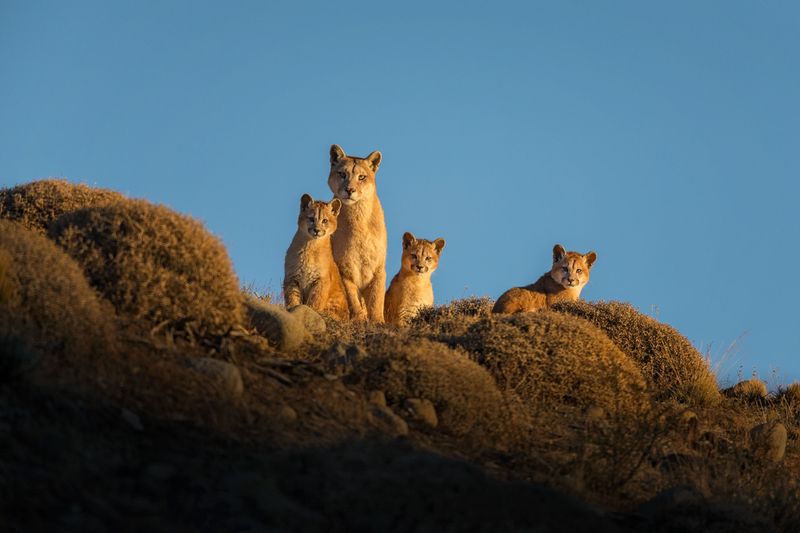
From Canadian forests to Patagonian mountains, pumas (also called mountain lions) show remarkable social flexibility. Northern populations maintain strict solitary territories, while some southern groups display surprising tolerance.
In areas with abundant prey, pumas occasionally share kills—behavior once thought impossible. Mother pumas invest heavily in training cubs for up to two years, teaching region-specific hunting techniques that vary across their massive range.
12. Lynx’s Snowshoe Social Boundaries
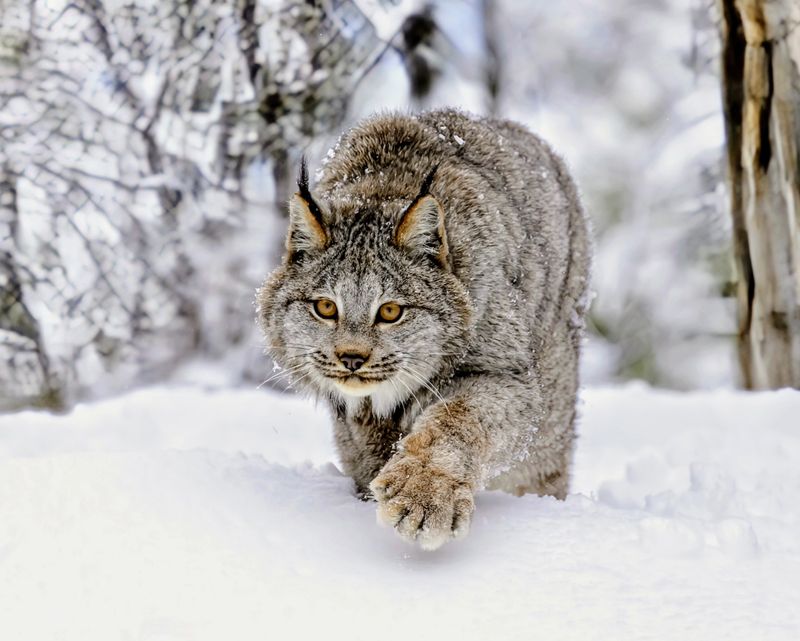
Across northern forests, lynx create territories defined by snowshoe hare abundance. These tufted-ear specialists maintain social boundaries that expand or contract based on their primary prey’s population cycles.
During hare booms, lynx territories shrink and population density increases. Female lynx raise kittens in hidden dens, teaching them specialized hunting techniques for capturing hares. Their social calendar revolves around the 10-year snowshoe hare cycle.
13. Caracal’s Desert Time-Sharing System
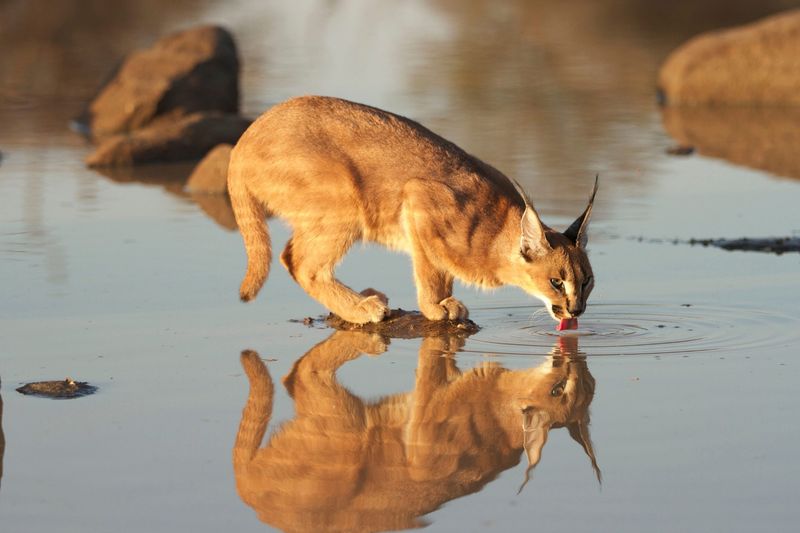
Across arid landscapes, caracals have developed a clever time-sharing approach to limited resources. These elegant cats with tufted ears visit the same water sources and hunting grounds but at different times.
Using scent markers and scrapes, they create an invisible schedule that reduces competition. Female caracals raise kittens in rock crevices or abandoned burrows, teaching them specialized bird-hunting techniques that include spectacular leaping abilities.
14. Ocelot’s Rainforest Trail Network
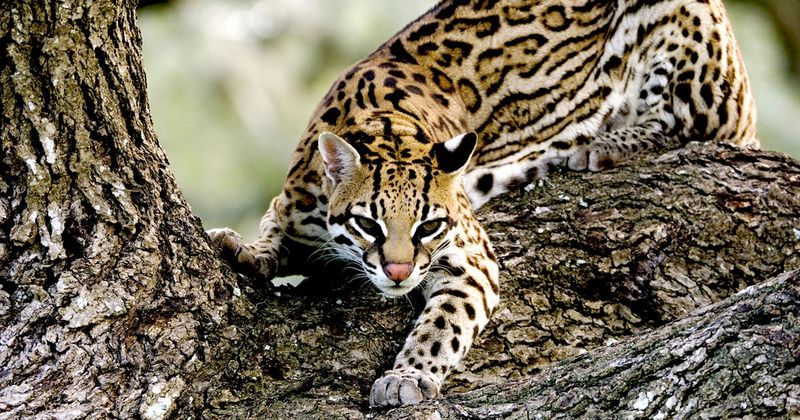
Beneath the dense canopy of New World rainforests, ocelots maintain an intricate network of trails that serve as their social infrastructure. These beautifully spotted cats follow established pathways where they leave scent messages for others.
Female ocelots raise kittens in hidden dens, gradually introducing them to the community trail system. Their social structure revolves around these shared pathways while still maintaining individual hunting territories and avoiding direct contact.
15. Eurasian Lynx’s Forest Buffer Zones
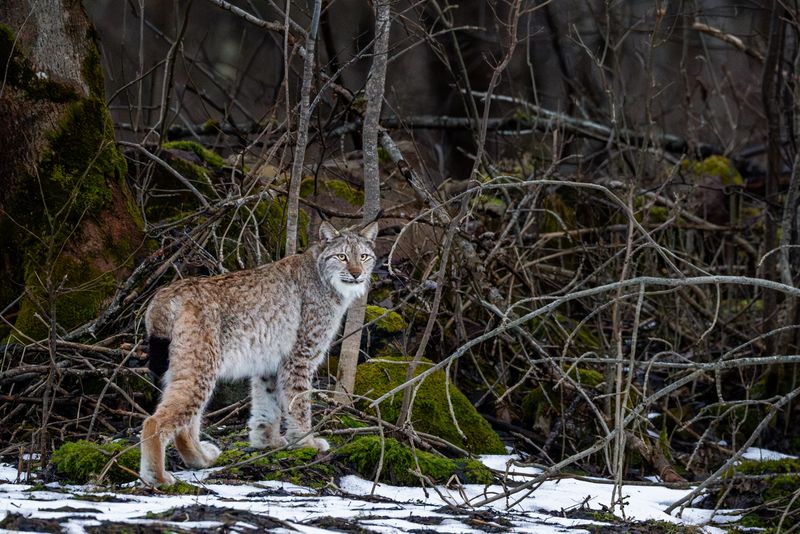
Across European and Asian forests, Eurasian lynx maintain territories with fascinating buffer zones between them. These boundary areas serve as neutral meeting grounds during mating season.
Outside breeding times, these buffer zones remain largely unoccupied. Female lynx raise kittens in secluded rock dens, teaching them specialized hunting techniques for capturing roe deer and other forest ungulates. Their social structure creates a patchwork of territories with natural spacing.



